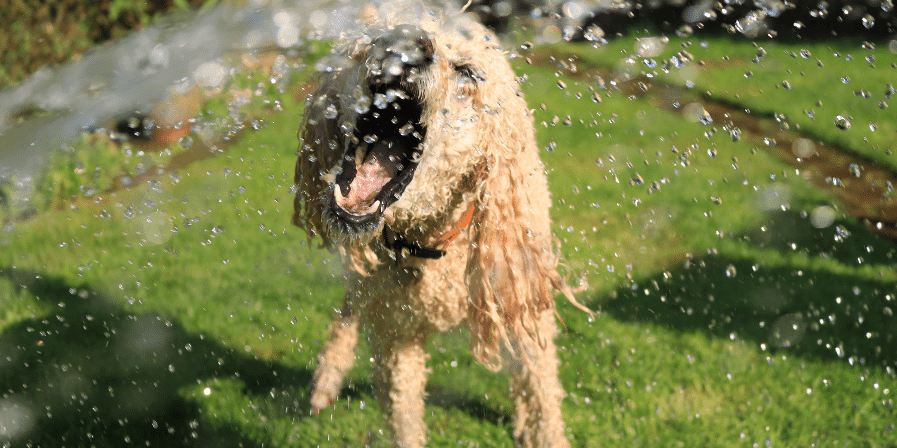Understanding Heatstroke in Pets Symptoms, Precautions, and First Aid

Learn about the risks, symptoms, and first aid for heatstroke in pets, along with preventative measures to ensure your pet stays safe during hot weather.
Understanding Heatstroke in Pets: Symptoms, Precautions, and First Aid
Although some breeds are more susceptible to hot weather than others, any animal can face trouble during high temperatures. As pet parents, it’s crucial to understand the risks, precautions, and symptoms of heatstroke to keep our furry friends safe.
Animals Most Vulnerable to Heatstroke
Pets can easily become overheated, especially in regions like India where summer temperatures can be intense. Some animals are more susceptible to heatstroke than others, including:
- Overweight animals
- Flat-faced breeds such as Pugs, French Bulldogs, and Persian cats
- Pets with thick coats
- Old or very young animals
- Animals with pre-existing conditions, particularly related to the airway, lungs, or heart
Early Signs of Heatstroke in Pets
Heatstroke symptoms are similar in both dogs and cats (though cats' symptoms tend to be more subtle). These include:
- Excessive panting
- Restlessness or agitation, such as pacing or seeking shade and water
- Drooling
- Red gums or tongue
- Increased heart rate
- Vomiting or diarrhea
Advanced Stages of Heatstroke in Pets
If left unaddressed, heatstroke can escalate. Advanced stages can include:
- Lethargy
- Confusion
- Weakness or collapse
- Seizures
- Bloody vomiting or diarrhea
First Aid for Heatstroke in Cats and Dogs
Heatstroke in pets is an emergency situation. If you suspect your pet is overheating, immediate action is necessary.
- Move the pet to a cooler environment: Get your pet into a room with air conditioning or a fan to ensure proper ventilation.
- Hydrate: Gently encourage your pet to sip cool water. Avoid forcing them, as it could cause additional stress.
- Cool down: Pour small amounts of cool – lukewarm water over your pet's body. Avoid ice-cold water as it can reduce blood flow to the skin.
- Use a cool wet towel: Drape a cool wet towel over your pet’s body, and change it frequently. A warm towel will lose its ability to cool the body.
- Contact a vet: After taking these initial steps, call your vet and seek advice.
What to Do if Your Pet Is Unconscious
If your pet is unconscious, this is a critical emergency. After performing the above steps, immediately take your pet to the vet for urgent care. Even if your pet seems fine after cooling down, it’s important to have them assessed by a vet to ensure no serious damage occurred.
Prevention is Key
While prompt action can help mitigate the risks of heatstroke, prevention is always the best strategy. Ensure your pet stays cool during hot weather by avoiding excessive exercise in high heat, providing plenty of water, and staying indoors during peak temperature times.
Early recognition of heatstroke signs and quick response can greatly reduce the risks of serious consequences for your pet’s health.